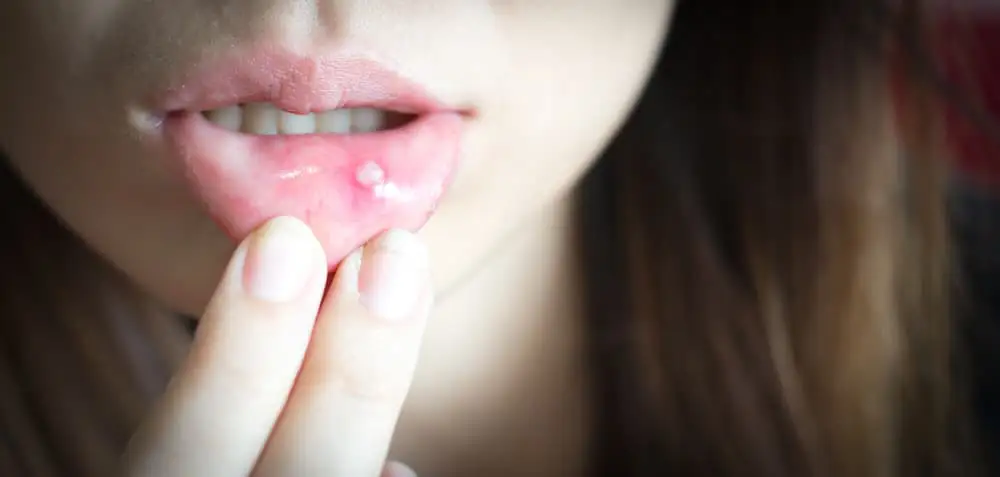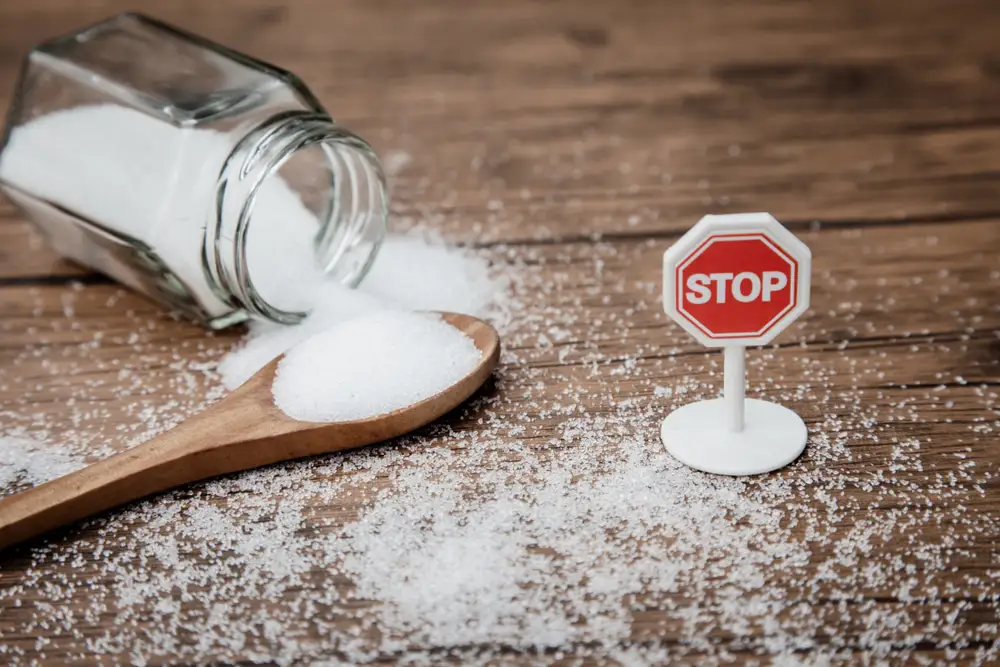Swimmer’s ear is a relatively common outer ear canal infection that is usually caused by trapped water. It can be painful, but is easily treatable by GPs or ear specialists.
What Is Swimmer’s Ear?

Swimmer’s ear (acute otitis externa) is an infection in the outer ear canal—the passage that runs from the outside of your ear to the eardrum. It’s usually caused by water being trapped inside the ear after swimming, which can happen due to naturally narrow ear canals or wax buildup. When the water is trapped, the moist environment encourages bacteria to grow, which can lead to a swimmer’s ear infection. This is more likely if the person has been swimming in dirty water.
Swimmer’s ear might also be caused by the following:
- Damaging the thin lining of your ear canal with cotton buds
- Irritation from chemicals found in hairsprays, hair dyes, and other products that get into the ear
- Having naturally dry ear canal skins that easily breaks
- Having too much ear wax, which traps water more easily
- Diabetes, which can make your ear wax overly alkaline and encourage bacteria growth
The infection might also be caused by fungal growth, although this is less common.
Swimmer’s ear typically affects children, who tend to spend more time in the water (especially in the warmer seasons). But the bacteria that causes the infection doesn’t discriminate, and it can affect people of all ages.
Swimmer’s Ear Symptoms
If the infection is caused by swimming, symptoms usually appear within a few days. These are some of the most common signs and symptoms you can expect:
- An itchy ear
- Redness inside the ear
- Drainage of clear, odourless fluid
- Pain in the ear
- Pain in the ear when chewing or opening your jaw wide
- Yellow or green pus inside the ear
- A feeling of fullness inside the ear
- Muffled hearing
- Buzzing or humming coming from inside the ear
- Swelling of lymph nodes in your neck
- Fever
- Dizziness or weakness in your face—see a doctor immediately as this could be a symptom of malignant otitis.
For mild cases, your body may fight off the infection naturally. But it’s recommended to see a GP to provide treatment, especially if you are in a lot of pain.
Swimmer’s Ear Treatment
A GP or an ear specialist will be able to diagnose the infection using an otoscope. They may be able to tell whether it’s bacterial or fungal by looking at the infection, but may also take a pus sample for testing.
Once clear on what type of swimmer’s ear infection it is, the doctor can prescribe the correct eardrop. Bacterial infections require a corticosteroid solution that helps to reduce inflammation, and may also include acetic acid, or an antibiotic to repair the damaged skin. If the infection is fungal, an antifungal ear drop may be prescribed instead. Once you start this treatment the infection should start to clear within 24 hours and be gone in three to seven days. You can purchase over-the-counter ear drops for swimmer’s ear, but they only help to dry out your ear—they won’t directly fight the infection.
If your infection is particularly painful, your GP may also prescribe painkillers for you, and oral antibiotics to help combat the infection.
If you’re prone to swimmer’s ear, try wearing earplugs when you swim. When you’re done swimming, tilt your head sideways to remove any trapped water, and dry your ears thoroughly afterwards. While infected, it’s obviously important that the area shouldn’t be touched, and you should try to keep it as dry as possible (a shower cap can help with bathing).
If you have repeated swimmer’s ear infections, it’s especially important to get them treated quickly because scar tissue can build up in your ear canal, and eventually affect your hearing.
What Causes Mouth Ulcers? How To Treat & Prevent Them Effectively
Mouth ulcers are a common oral condition that affect most people at some point in their lives. They can be uncomfortable, but they are usually harmless and will heal within 10 to 14 days without treatment. Here’s everything you need to know about mouth ulcers, including what they are, what causes them, the best treatments,…
Acute Vs Chronic Medical Conditions
No matter how old or young you are, we are all susceptible to acute and chronic medical conditions. Both conditions differ in how long they last and how severe the diagnosis is. An illness or condition can be as simple as the flu, or in a more severe case cancer or arthritis. Whether it is…
How Much Sugar Per Day?
Sugar is a type of carbohydrate and a source of energy for our bodies. It can occur naturally in foods like fructose in fruit, glucose in fruits and vegetables, and maltose in wheat and barley. However, manufacturers also often add sugar to extend the shelf life of foods, improve their appearance and/or make them taste…




